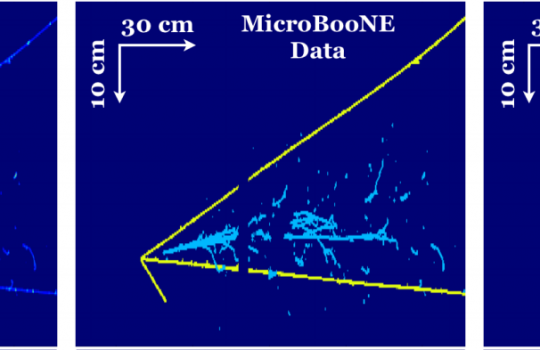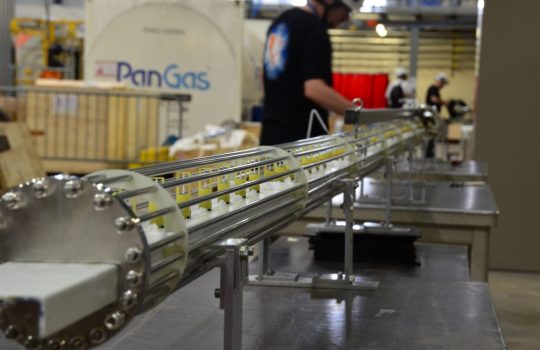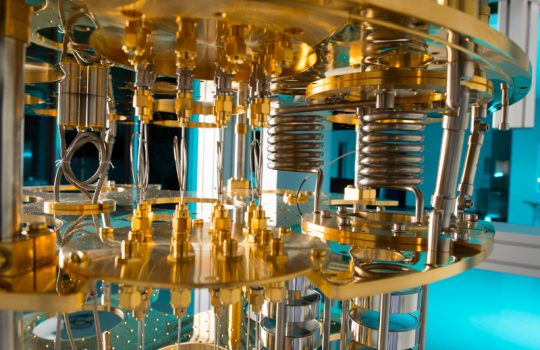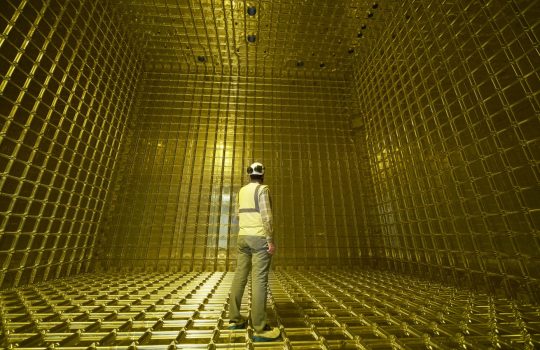MicroBooNE demonstrates use of convolutional neural networks on liquid-argon TPC data for first time
Recently, the MicroBooNE experiment published a paper describing how they used convolutional neural networks — a particular type of deep neural network — to sort individual pixels coming from images made by a particular type of detector.




